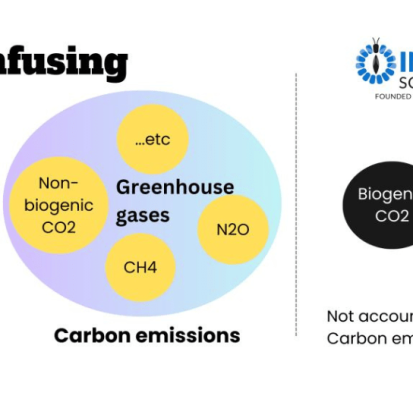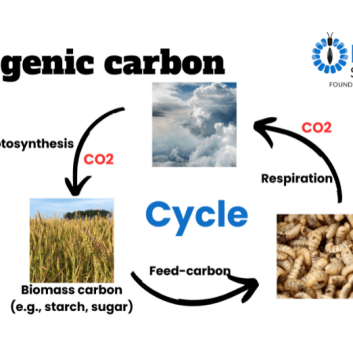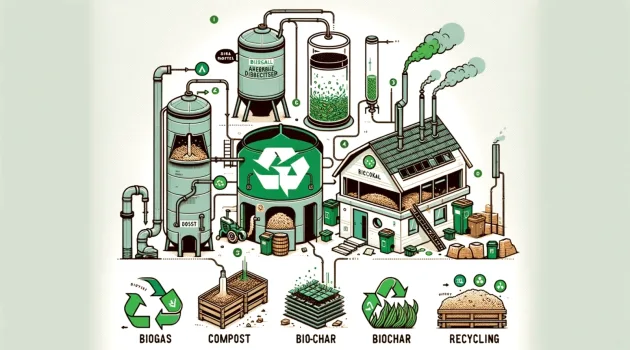GHG, CO2e, Carbon emissions: what do all these terms mean?
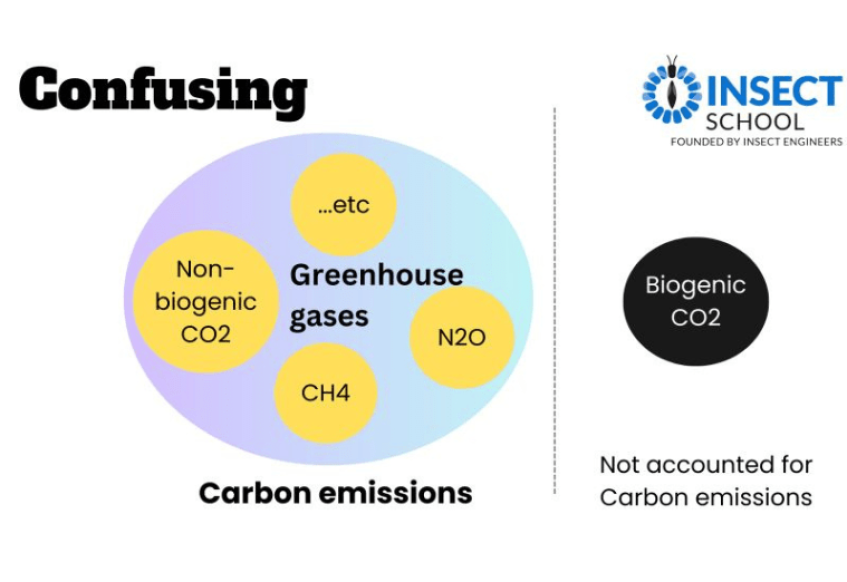
#GHG, #CO2e, #Carbon emissions: what do all these terms mean?
Lots of terms which get used, such as “greenhouse gases”, “CO2-equivalent”, carbon emissions, and what they all mean can get #confusing.
The main GHGs are carbon dioxide (CO2), methane (CH4), nitrous oxide (N2O) and ozone. GHGs occur naturally in the atmosphere, but human activities, e.g., burning of fossil fuels are increasing the levels of GHGs in the atmosphere, causing global warming and climate change. Different GHGs last in the atmosphere for different lengths of time and they also absorb different amounts of heat. E.g., 1 kg of N2O causes 298 times more warming compared to 1 kg of CO2 over a 100-year period, and so N2O has a global warming potential (GWP) 298.
CO2 equivalent (CO2e) is a term for describing different GHGs in a common unit. A quantify of GHG can be expressed as CO2e by multiplying the amount of GHG by its global warming potential. E.g., if 1 kg of nitrous oxide (N2O) is emitted, this can be expressed as 298 kg of CO2e. CO2e allows various GHGs to be easily compared in terms of their GWP.
Carbon emissions can be confusing as it refers to either just CO2 or to GHGs emissions (not all GHGs contain carbon, e.g., N2O). In general, it is more and more common to see Carbon emissions reported in terms of “GHG accounting”.
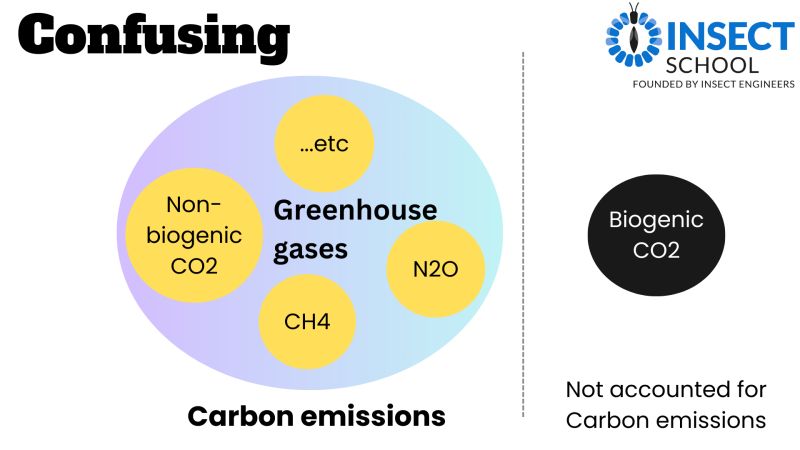
Comments on this post
Comment posted by Dominic Nwachukwu Loveson:
I love the knowledge I received on this plat from.
